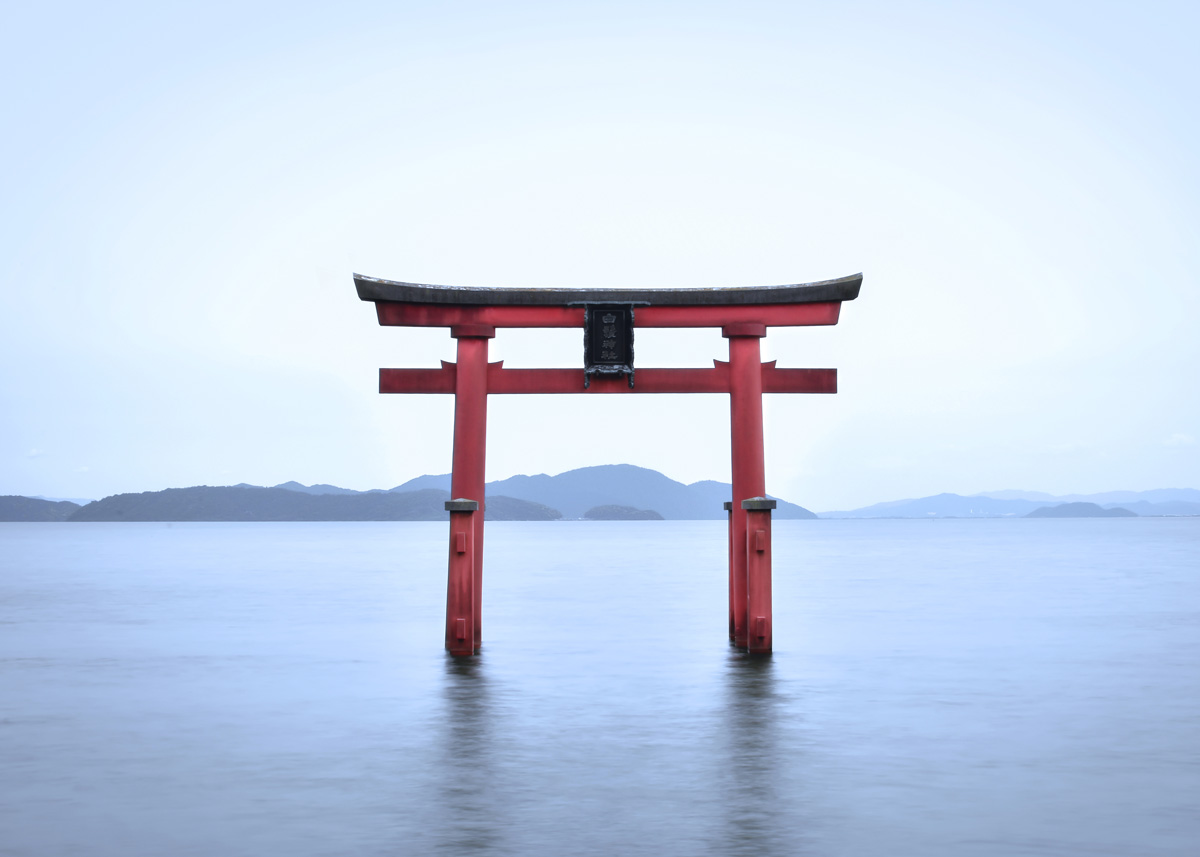
In the heart of Japan, where ancient traditions blend seamlessly with modern life, lies a spiritual realm that captivates both locals and visitors alike. Shinto shrines, the sacred spaces dedicated to the kami or spirits, are scattered across the landscape, each one inviting hours of exploration and reflection. These shrines, with their iconic torii gates and serene surroundings, serve as a testament to the rich cultural heritage of Japan and its deep-rooted connection to nature.
As you wander through the peaceful pathways of these enchanting sites, the air seems to carry whispers of the kami, beckoning you to pause and contemplate. From the bustling energy of urban shrines to the tranquil ambiance of those nestled in lush forests, shinto shrines in japan offer a unique glimpse into the spiritual beliefs that have shaped the nation for centuries. Join us as we delve into the beauty and significance of these sacred spaces, exploring their history, architecture, and the rituals that breathe life into Japan’s vibrant spiritual landscape.
History of Shinto Shrines
The origins of Shinto shrines in Japan can be traced back to the earliest days of Shinto itself, which is one of the oldest spiritual practices in the country. Historically, Shinto was an animistic belief system that revered kami, the spirits associated with natural elements and ancestors. Initially, these kami were honored in simple, natural settings such as groves, mountains, and rivers, where people would hold rituals and offerings. As communities grew and the need for a more structured religious practice emerged, the establishment of formal shrines began.
During the Kofun period (circa 250 to 538 AD), the construction of dedicated structures to house kami became more prevalent. These early shrines were often made from natural materials and reflected the belief in the harmony between humans and nature. The introduction of Buddhism from the 6th century onwards significantly influenced the architectural styles and practices surrounding Shinto shrines. While integrating new elements, these sacred spaces retained their unique identity, evolving to reflect Japan’s cultural blending.
The Heian period (794 to 1185) marked a golden age for Shinto shrines, as imperial patrons supported their construction and great festivals became increasingly popular. During this time, the design of shrines became more formalized, leading to the emergence of iconic architectural features such as the torii gate, which symbolizes the transition from the mundane to the sacred. Over centuries, Shinto shrines have continued to adapt, reflecting the changing nature of Japanese society while remaining a vital part of the cultural landscape.
Architectural Features
Shinto shrines in Japan showcase a variety of architectural styles that reflect both regional influences and historical evolution. The most commonly recognized design is the nagare-zukuri style, characterized by its gracefully curved roof that extends beyond the building’s structure. This feature is often seen in some of the oldest shrines, such as Ise Jingu, where simplicity and harmony with nature are emphasized. The use of natural materials, particularly wood, contributes to the serene atmosphere that surrounds these sacred spaces.
Another notable aspect of Shinto shrine architecture is the torii gate, which marks the boundary between the mundane and the sacred. Typically constructed from wood or stone, the torii gate stands at the entrance of the shrine and symbolizes the transition into a holy space. The design can vary widely, from the simple two-post version to more elaborate styles, depending on the shrine’s significance and history. The presence of the torii gate serves as a reminder of the spiritual journey that visitors undertake.
Furthermore, the layout of Shinto shrines is often designed to create a sense of tranquility and connection with nature. Many shrines are set within beautifully landscaped grounds, featuring serene gardens, water elements, and paths that encourage quiet reflection. The arrangement of buildings, including the main hall or honden, is typically aligned with the natural surroundings, embodying a deep respect for the environment. This harmonious integration of architecture and nature underscores the core beliefs of Shintoism, fostering a sense of peace and reverence for the kami that inhabit these sacred sites.
Cultural Significance
Shinto shrines in Japan are deeply woven into the cultural fabric of the nation, serving as sacred spaces where nature and spirituality intersect. Each shrine is dedicated to kami, the spirits that embody the natural world, and visiting these shrines offers individuals a profound sense of connection to both their heritage and the environment. The rituals and practices associated with these shrines reflect a reverence for nature, highlighting the belief that everything in the world possesses a spirit and should be treated with respect.
The architectural style of Shinto shrines also holds cultural significance, embodying simplicity and harmony with the surrounding landscape. Traditional elements such as wooden structures, thatched roofs, and torii gates create an inviting atmosphere that encourages reflection and meditation. These aesthetics not only symbolize purity and renewal but also promote a sense of tranquility that resonates with visitors. As a result, Shinto shrines have become popular sites for both religious observance and personal introspection.
Furthermore, the festivals and ceremonies held at Shinto shrines play a vital role in community cohesion and continuity of tradition. Events like Matsuri celebrate seasonal changes, agricultural cycles, and communal bonding, providing opportunities for people to gather, share, and honor their ancestral practices. Through these activities, Shinto shrines remain vital centers of cultural identity, bridging the past with the present and fostering a collective appreciation for Japan’s rich spiritual heritage.
神社めぐり
Visiting Renowned Shrines
When exploring Shinto shrines in Japan, some of the most renowned sites offer a unique glimpse into the rich cultural heritage of the country. One such shrine is the Fushimi Inari Taisha in Kyoto, famous for its thousands of vibrant orange torii gates that form mesmerizing paths up the sacred Mount Inari. Visitors can walk through these gates, each one donated by individuals or businesses seeking blessings, creating an enchanting atmosphere that blends spirituality with stunning natural beauty.
Another iconic site is the Meiji Jingu in Tokyo, dedicated to Emperor Meiji and Empress Shoken. Nestled in a tranquil forested area, this shrine serves as a peaceful retreat from the bustling city. The grand wooden torii gate at the entrance sets the tone for a visit filled with solemnity and reverence. Here, visitors can partake in traditional rituals, such as making offerings or writing prayers on ema, wooden plaques hung at the shrine.
No exploration of Shinto shrines in Japan would be complete without visiting the Itsukushima Shrine on Miyajima Island. This UNESCO World Heritage site is known for its stunning view of the famous "floating" torii gate that appears to rise from the sea during high tide. The shrine itself is built on stilts, creating a picturesque scene that harmonizes with the surrounding landscape. As the tide changes, the shifting scenery adds to Itsukushima’s captivating charm, making it a must-see destination for anyone fascinated by the spiritual and natural beauty of Japan.




